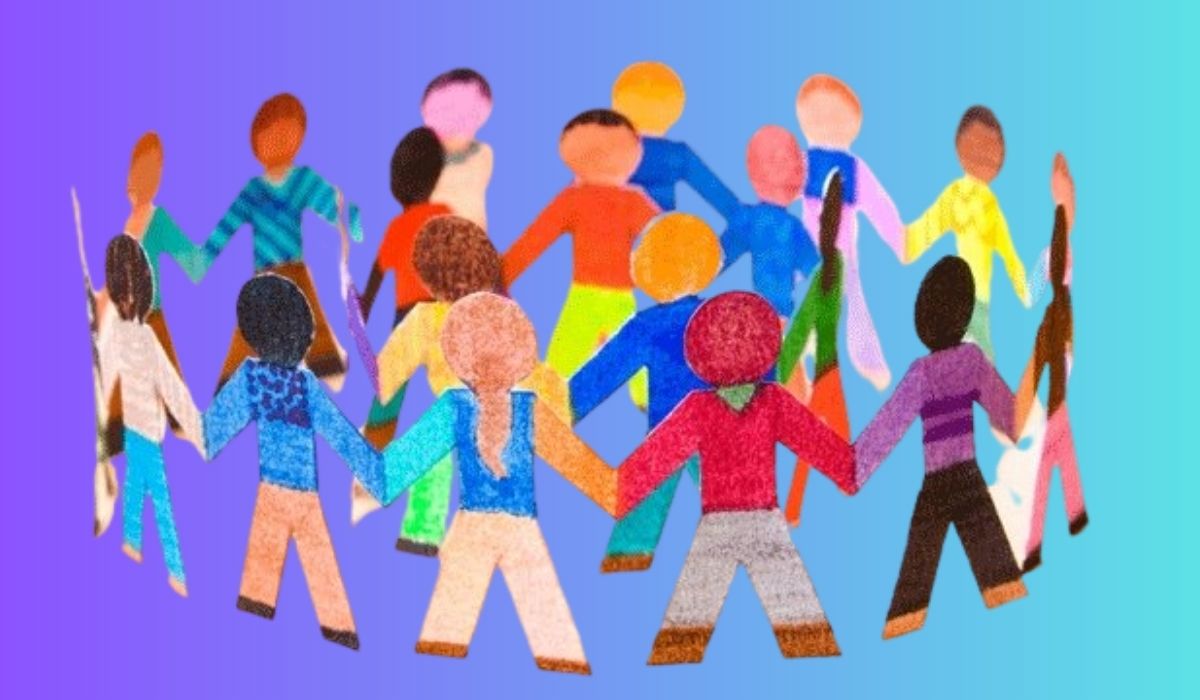Educators in today’s diverse and multicultural culture must use methods that are effective for all their students. The term “culturally responsive teaching” (CRT) refers to a method of instruction that places a premium on learning from and building upon each student’s unique cultural experiences and perspectives. It seeks to foster classrooms that are welcoming to kids of all backgrounds and encourage their intellectual, social, and emotional development. This article explores the concept of culturally responsive teaching and offers methods for putting those ideas into practice in the classroom.
Understanding Culturally Responsive Teaching
Teaching that is culturally responsive takes into account and celebrates students’ diverse cultural backgrounds and life experiences. It aims to do more than just recognize diversity in the classroom; rather, it tries to actively incorporate content, instructional methodologies, and assessment methods that are culturally relevant. Every student is valued and heard in a CRT classroom, regardless of their cultural background.
The Benefits of Culturally Responsive Teaching
There are several gains for both students and teachers that can result from adopting culturally responsive pedagogy. Students feel accepted, motivated, and involved in their learning when CRT is used because of the emphasis placed on the incorporation of their cultural viewpoints. As a result, students are more likely to feel a feeling of community and pride in their heritage. Teachers benefit from CRT because it helps them become more efficient educators, inspires their creativity, and enriches their careers.
Building Cultural Awareness
Educators need to increase their own cultural awareness in order to properly execute culturally responsive education. A growth attitude and an examination of one’s own biases and stereotypes are required for this. Teachers, for their part, should make an effort to learn about and reflect on their students’ cultural experiences and perspectives. Educators who have developed their cultural awareness are better able to approach their work with compassion, sensitivity, and genuine interest in their students’ experiences.
Incorporating Students’ Cultural Backgrounds into the Curriculum
Taking into account students’ cultural identities is essential in culturally responsive classrooms. To do this, it is necessary to include works of literary and historical perspectives and contributions from people of different cultural backgrounds. Educators may instill a sense of pride and belonging in their pupils by giving them opportunities to see themselves mirrored in the classroom.
Promoting Respect and Appreciation for Diversity
Respect and appreciation for cultural differences are emphasized in culturally responsive classrooms. By promoting open dialogue, stressing the importance of active listening, and addressing bias and preconceptions, teachers may make their classrooms welcoming places for all students. Students have a better understanding of others and an appreciation for multiple points of view when they learn to recognize, acknowledge, and respect their own and others’ differences.
Facilitating Collaborative and Inclusive Classroom Discussions
Collaborative and open discussions are essential in a culturally sensitive classroom. Teachers can facilitate discussions in which students can open up about their values, norms, and worldviews. Students gain insight from one another and hone their critical thinking abilities when multiple perspectives are presented and open debate is fostered. Students can use the forum to question preconceived notions, develop their capacity for empathy, and forge deeper bonds with one another.
Establishing Strong Teacher-Student Relationships
The foundation of culturally responsive education is the development of trusting connections between educators and their students. Teachers should make an effort to get to know their pupils on a deeper level by displaying compassion, understanding, and respect. Teachers can better foster academic improvement and a sense of community by getting to know each student and adapting their lessons accordingly.
Encouraging Student Voice and Empowerment
Student participation and agency are fostered through culturally relevant instruction. It’s important to provide students room for agency in the classroom through opportunities for shared decision-making, group work, and independent study. Students gain self-assurance, drive, and a sense of ownership over their learning path when they are given the opportunity to voice their opinions and thoughts.
Addressing Bias and Stereotypes
Addressing bias and stereotypes is also an important part of culturally responsive education. Teachers should cultivate a classroom climate that actively combats bias, encourages students to empathize with one another, and promotes social justice. Teachers can empower their students to become advocates for equality and diversity by leading talks about bias and stereotypes.
Providing Multimodal Learning Opportunities
In culturally responsive classrooms, students have access to a wide range of learning strategies and formats. Teachers can adapt their lessons to meet the needs of their students by using a variety of strategies, such as visuals, multimedia, hands-on activities, and technological integration. Teachers can pique their students’ interest and foster more welcoming classroom environments by using a variety of educational strategies.
Assessing Student Progress and Achievement
In culturally responsive education, there is a shift away from more conventional forms of assessment. Teachers should use a variety of methods that take into account students’ cultural backgrounds and individual learning styles when assessing their students’ growth and success. Project evaluations, portfolios, oral presentations, and group tests all fall within this category. Educators can provide a level playing field for evaluating students’ progress in class by adopting alternate assessment methods.
Professional Development for Culturally Responsive Teaching
Educators should participate in ongoing professional development to improve their knowledge and skills related to culturally responsive instruction. Teachers can get the knowledge, skills, and resources they need to foster inclusive classrooms by participating in seminars, conferences, and professional learning communities that emphasize cultural competence and fairness.
Challenges and Solutions in Implementing CRT
It could be difficult to put culturally sensitive instruction into practice. Some teachers may confront hostility from their peers, a lack of available time, or the inability to acquire necessary materials. Working with other teachers, finding a mentor, and joining online groups can all be helpful in overcoming these obstacles. Schools can also foster cultural sensitivity through rules and training for educators.
Parent and Community Involvement
The scope of culturally sensitive education goes far beyond the classroom. To develop an all-encompassing educational strategy, it is essential to involve parents and the larger community. Educators should encourage ethnic celebrations and activities and involve parents in their students’ learning processes. Collaborations and partnerships within the community also offer opportunities to pool resources and improve the quality of instruction.
Conclusion
Teaching that is culturally responsive is an effective method because it values and celebrates each student’s individual cultural background. Teachers can make a positive impact on their students’ sense of worth, agency, and respect in the world by employing CRT tactics in the classroom. Educators can foster students’ intellectual, social, and emotional development through increased cultural sensitivity, the incorporation of multiple points of view, and the promotion of respect and appreciation for diversity.
FAQs
What is the role of cultural competence in culturally responsive teaching?
An essential part of culturally responsive instruction is for teachers to be aware of their own cultural prejudices and the biases of their students. It helps educators foster classroom communities that respect individual differences and meet the needs of every student.
How can teachers address cultural differences in the classroom?
Incorporating culturally diverse materials and perspectives into the curriculum, fostering open and inclusive discussions, and building strong teacher-student relationships based on understanding and empathy are all ways in which teachers can address cultural differences in the classroom.
What are some challenges that educators may face in implementing culturally responsive teaching?
Resistance from colleagues, lack of time, insufficient resources, and confronting bias and stereotypes are just some of the difficulties teachers may face. These obstacles can be conquered, however, if teachers pool their resources, commit to ongoing professional development, and place a premium on working together.
How can parents support culturally responsive teaching at home?
By having open talks about culture, diversity, and inclusion with their children and encouraging them to read widely, parents can help foster an environment conducive to culturally responsive teaching at home. They get the opportunity to work with teachers and take part in extracurricular activities.
How does culturally responsive teaching benefit students?
Teaching that takes into account students’ cultural backgrounds helps them feel more included in the classroom, achieve greater academic performance, take greater pride in their heritage, and grow as critical thinkers and empaths. Students’ academic, social, and emotional development are all fostered in this safe and accepting classroom setting.











